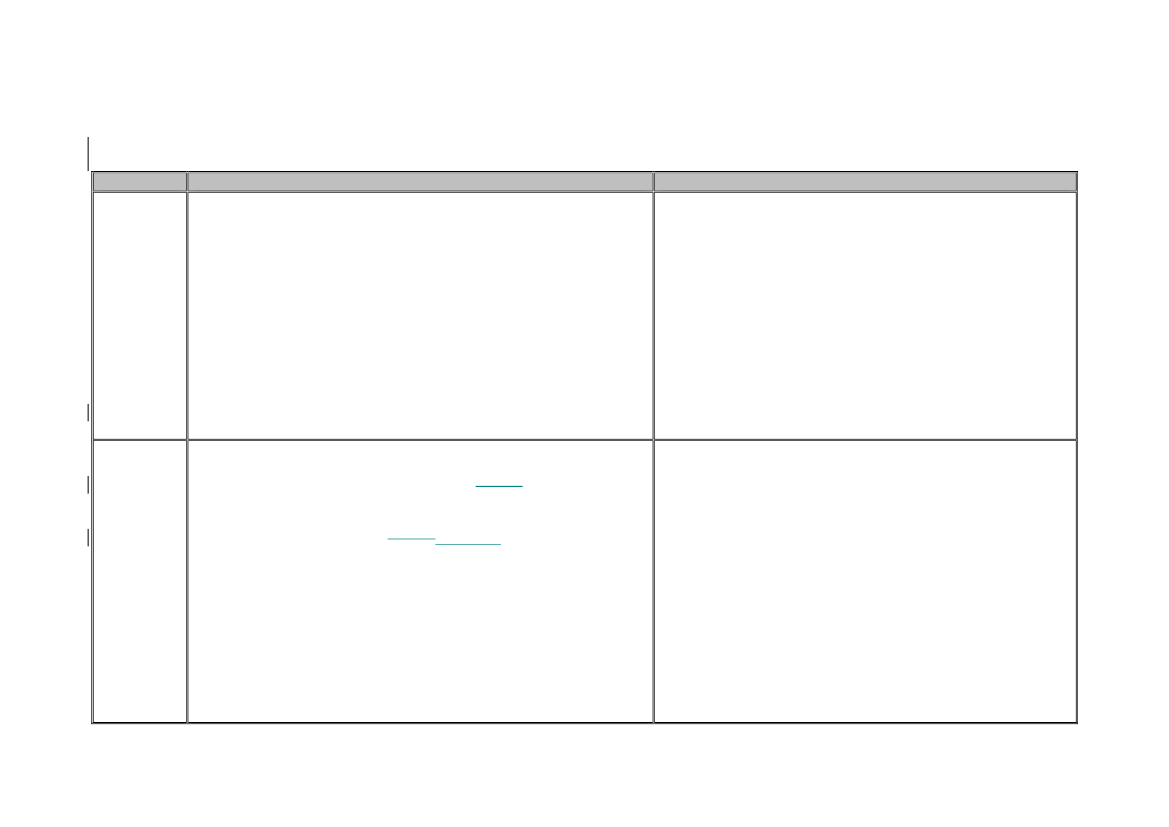
ANNEX
Response of the competent authorities of Denmark to the recommendations of report ref. DG(SANTE)/2017-6123-MR of the audit carried out from 09
October 2017 to 13 October 2017 in order to evaluate Member State activities to prevent tail-biting and avoid routine tail-docking of pigs
N°
1
Recommendation
The competent authority should provide inspectors with suitable
compliance criteria to enable them to effectively enforce legal
requirements of Council Directive 2008/120/EC and Council Directive
98/58/EC that are related to risk factors for tail-biting.
Conclusion 50. Findings 39, 45.
Action Proposed by the competent authority
The guideline for animal welfare controls in pig herds and/or the
guideline on enrichment material will be updated to include
compliance criteria for air quality, feeding space, and drinkers. It
will at the same time be considered, whether an update on the
compliance criteria concerning mixing of pigs, which are already
in the guideline, is appropriate. This update is expected to be
finalised during the first half of 2018.
An update of the guideline on animal welfare controls in pig herds
to include compliance criteria for staff will have to wait the
adoption of an order, which requires that the person responsible
for a pig herd of a certain size shall have relevant training. This
update is expected to be finalised during the second half of 2018.
2
The competent authority should provide inspectors with suitable
instructions and guidance to be enable them to enforce the provision on
the prevention of tail-biting and avoidance of
routine
tail-docking, as laid
down in the second paragraph of point 8 of Chapter I of Annex I of
Council Directive 2008/120/EC, including how they should assess
evidence of tail and ear lesions
on farmin the herd
and what constitutes
sufficient measures by farmers to change inadequate environmental
conditions or management systems before resorting to tail-docking of
pigs. This entails the development of measurable criteria to enable
inspectors to properly assess progress with regard to the risk factors listed
in the new DVFA guidelines on enrichment materials and the avoidance
of tail-docking.
Conclusion 51. Findings 39 and 44 to 46.
The risk factors with regard to tail biting, which are already
mentioned in the guideline on enrichment materials will be
expanded in order to provide inspectors with more in depth
compliance criteria. This will enable inspectors to better assess the
documentation/evidence given by the farmer of the need to tail-
dock, and also to better assess whether sufficient measures have
been taken before resorting to tail-docking. This update is
expected to be finalised during the first half of 2018.
Furthermore, an amendment of Danish legislation, which will
require farmers to carry out a risk assessment, according to
Commission Recommendation (EC) 2016/336, and also require
them to give written documentation hereof, is being considered. A
decision will be taken during the next few months, if the results is
that an order shall be issued, it is expected that the order will enter
into force on 1 January 2019.
Date: 08 February 2018
Page: 1